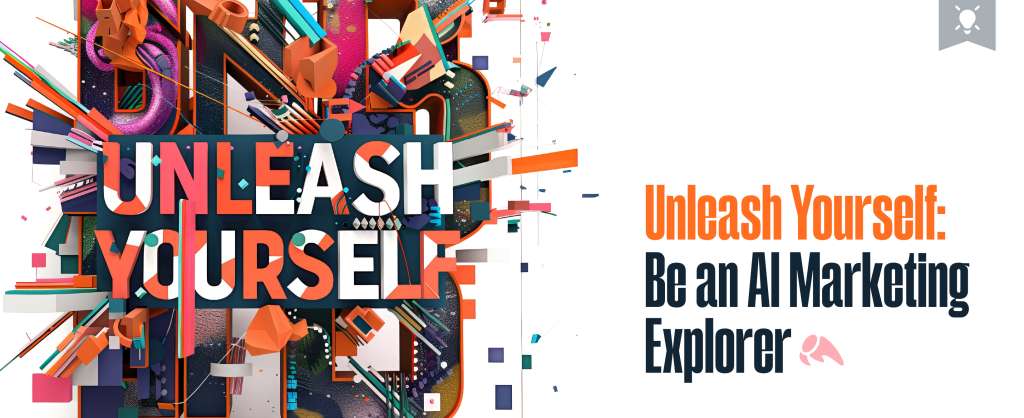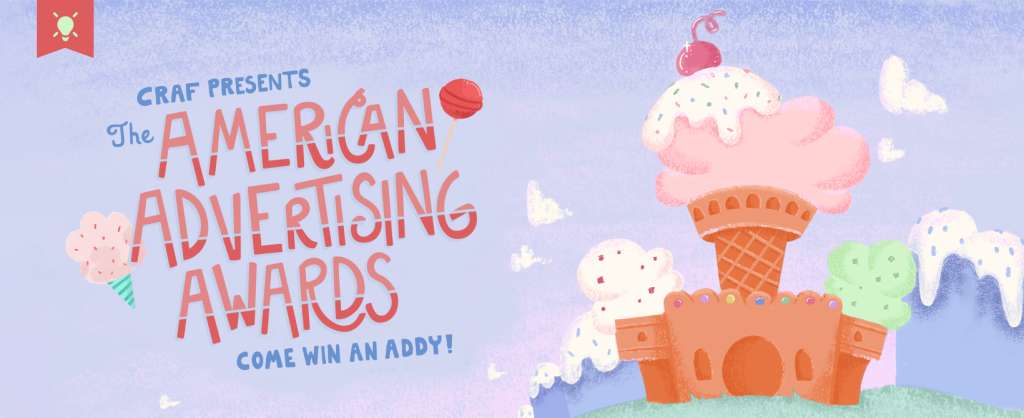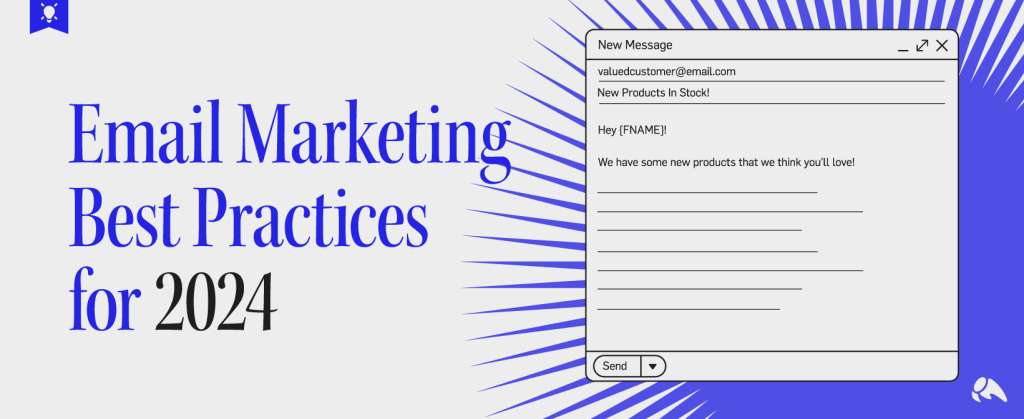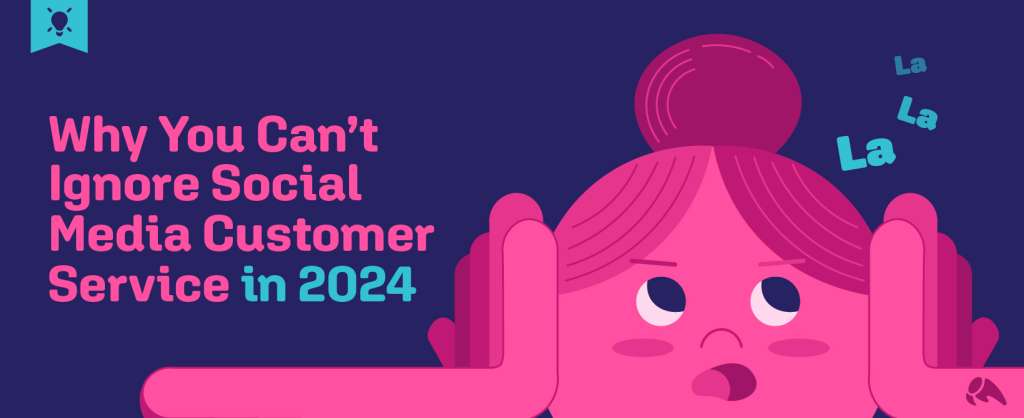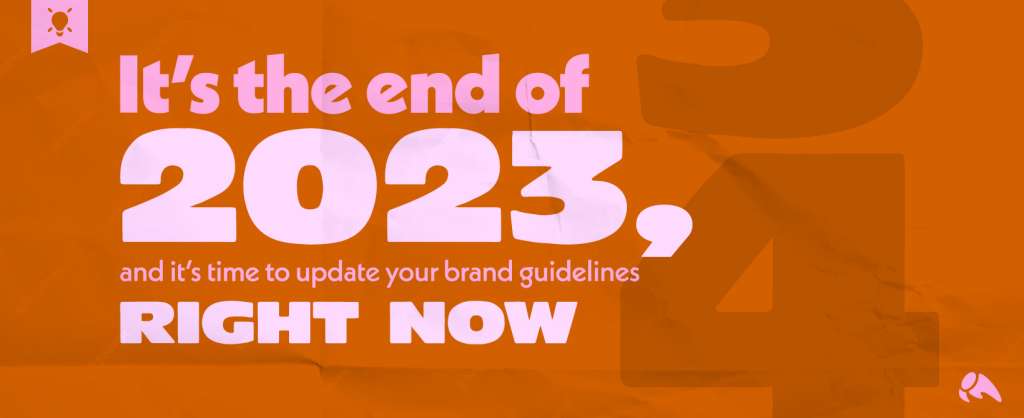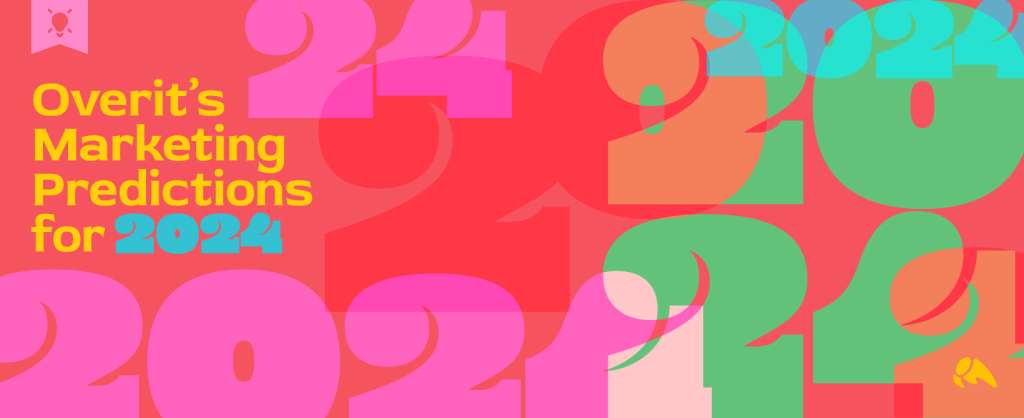
I want to start by saying I love being a designer. I do. But since graduating college, I have been fighting a never-ending battle, one that often starts with constantly hearing the same line: “design should be easy. You just pick a color and font.” Sigh.
The truth is most are not aware of the power of good design services. They don’t understand that by selecting the right colors and the right typography you can pull a mood from someone. You can create a need for a product that wasn’t there before. Through design, you can create change and action.
In my role as a designer at Overit, it’s my job to help clients understand that and to work with them to select the proper color and typographer to represent their brand. And there’s a method to the madness. We don’t just throw darts and see where they land, which is fortunate as I’m not the best at darts and someone would have most definitely lost an eye by now.
How do designers select the proper colors, typography and images to represent a brand? Well, I’ll tell you.
Colors
The concept of color has always been a true spark for me. Deciding on the best color(s) to represent your brand is something that should be done very carefully and with clear reason behind it. I cannot tell you how many times I have been told “I want the color blue because, it’s my favorite color.” While, I understand many have a great love for a specific color that doesn’t always mean it’s the best representation for a company logo. As marketers, we can’t be blinded by our own personal preferences because it’s not about you, it’s about the person you’re trying to reach.
For example, maybe your favorite color is red. That’s great. But if you’re a manager at a regional day spa, you’re still going to want to stay away from using that bright Christmas red. The color red is one that holds a lot of truth to it. Red shows the spirit of anger, fierce energy and sexuality. That’s the opposite message your day spa wants to be sending. Instead, choosing colors such as blues, tans or pastels will help you get across the serene and calming feeling your customers will react to.
To the same point, have you ever noticed many bakeries use the color blush pink for their logos and signage? This is not because it’s women running them (don’t get me started on the color pink); it’s because pink shows a softer and warmer side.
Typography
Typography is one of the more confusing pieces of the puzzle to clients. For those unfamiliar with the term, typography refers to the style and appearance of type. It includes elements like fonts, sizes and overall readability.
This can be an unclear element for clients and business owners as there are thousands of fonts out there. How do you know which will best reflect your brand? When selecting any typeface, avoid display fonts. First, they are often hideous in style and are not legible in any project from logo to print to web. Second, they tend to be themed off something that has already been completed by another designer or from pop culture.
Keep typography traditional when possible. When looking to design something using a class look, serif fonts are best. Script fonts such as “Brush Script” are always seen as romantic and free spirited. When in need of a handwritten or script font, I always suggest you create your own .
Images
A photo is worth a thousand dollars. Or words. I can’t remember now. The point is, those images you’re using to identify yourself matter a great deal. When selecting photos for your marketing make sure that photo is telling a story and, even more importantly, that it’s telling the right story. I cannot tell you how many times I have seen advertisements for products being held up by naked models. I am not sure about you, but I do not cook dinner in the nude (Hello? Splattering!) I also don’t drive a car in the nude. While sex may surely sell, know your limits and where it is and not is appropriate.
Being able to mirror photos to your audience will help your message resonate with that audience. Be careful of using generic stock photography that will confuse your audience or simply make them stop paying attention. Consider other visual elements like animation that can help tell your story in a more engaging and evocative way. Or find ways to incorporate crowdsourced content (with permission).
For example I often come across PPC advertisements for online courses that use the same stock image of teens hanging out under a tree playing guitar. Instead of using generic imaging to sell that online course, how about using art from one of your students? Something that contains more emotion and will stand out better?
When it comes to design, there’s more than meets the naked eye. It’s about the combination of colors, typography and elements to ensure the right story is being told.
